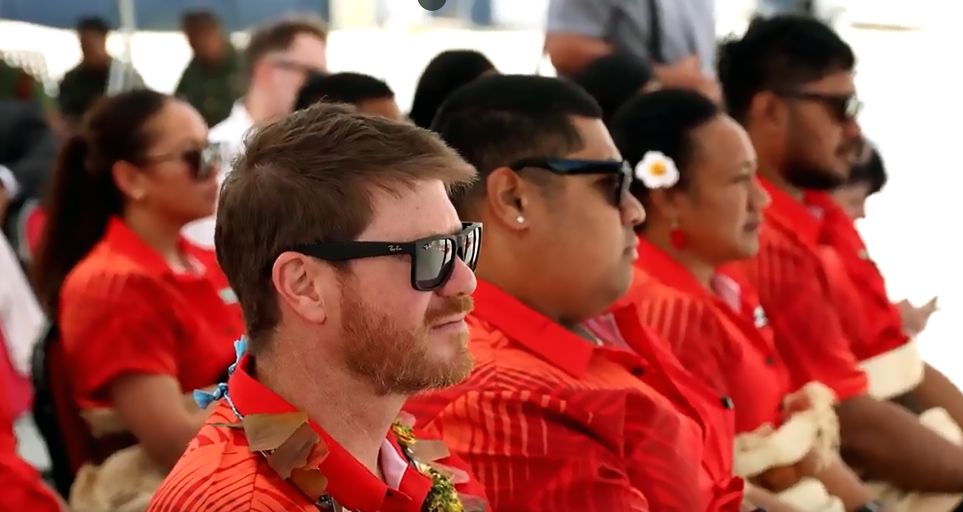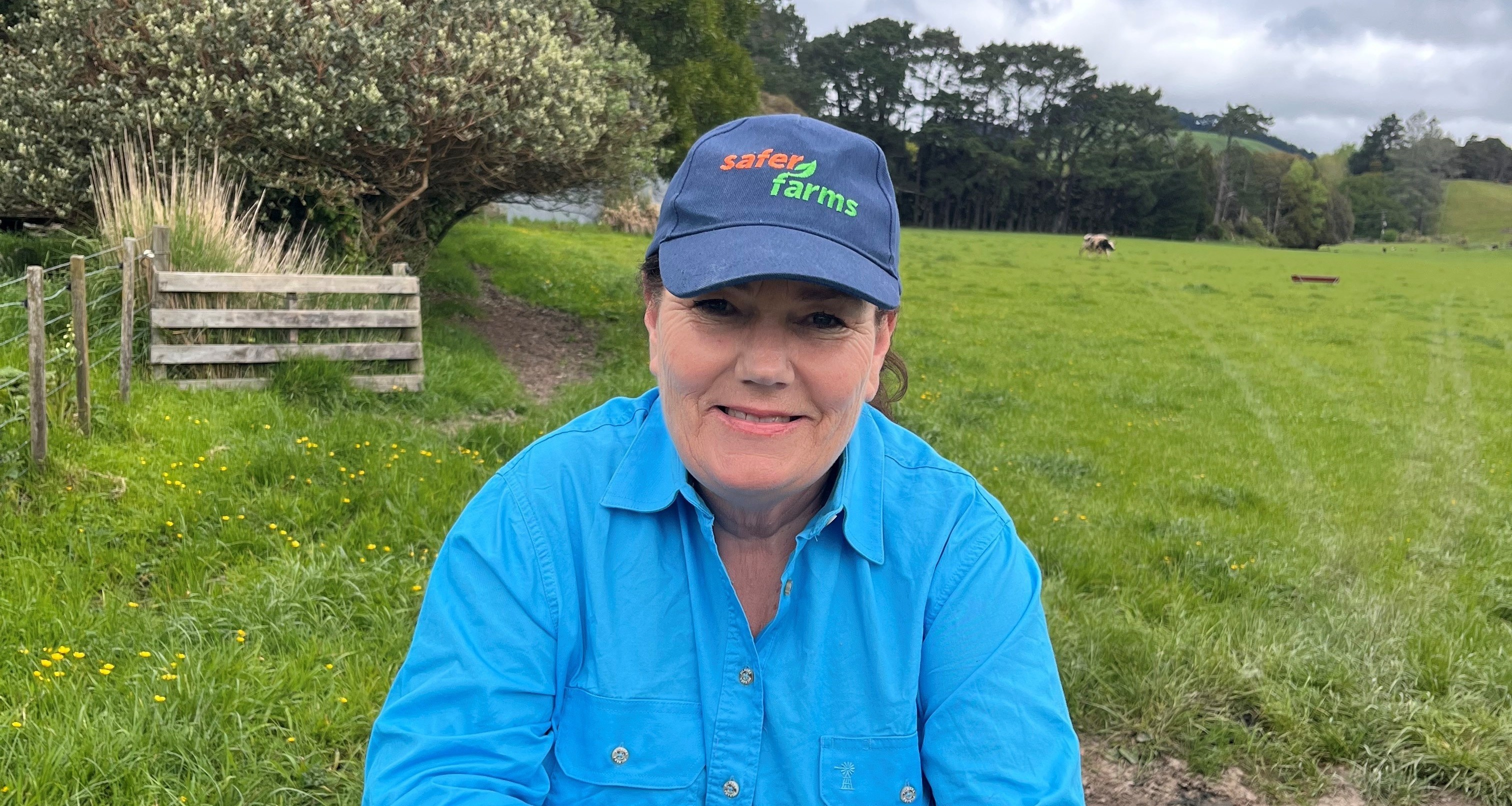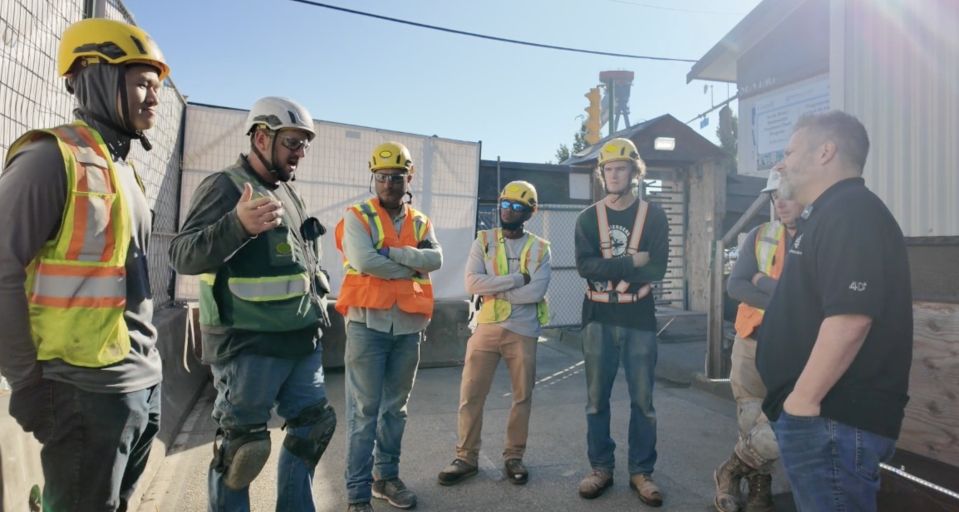It is often said that some accidents are “black swans”. Just as black swans were unknown to Europeans before they visited the west coast of Australia, so too, some accidents have causes that were unknown and unknowable at the time. The fact is, however, that the Aboriginal people of Western Australia have always been aware of the existence of black swans.
Similarly, the evidence from major accident inquiries is that the knowledge required to prevent the accident existed somewhere in the system. The problem was that it was not available to those with the power and inclination to act on it. Properly interpreted, the black swan metaphor supports the idea that all accidents are preventable, if only we speak to the right people.
This is why it is so important in large organisations to ensure that bad news is communicated upwards effectively. There are always people at lower levels in the organisation who know that things are not right, but who don’t report them, either because they know their superiors are not interested, or worse, because they fear retaliation.
The Boeing example
Recent reports about the Boeing 737 MAX aircraft crashes in 2018 and 2019 and the company’s subsequent responses provide graphic evidence of these processes.
Until the mid-1990s, Boeing was run by engineers, and was noted for its engineering excellence. But during the 90s Boeing was taken over by market-focused executives, more concerned about the share price. As one senior executive said at the time, Boeing needs to be “run like a business, not a great engineering firm”(1).
In 2001 Boeing moved its headquarters from Seattle to Chicago, to reduce day-to-day contact with the engineers. This was explicitly aimed at disempowering the engineers – muffling their voice. Henceforth they would report to the relevant business managers, who were more concerned with hitting commercial targets than they were with aircraft safety.
Following the two crashes Boeing realised it had gone too far down this path and that it needed to ensure that engineers had a way of communicating their concerns to the top of the company.
With some prodding from the Department of Justice, it reorganised all its engineers to report up engineering lines to a Chief Engineer, answerable directly to the CEO. The concerns of engineers would no longer be filtered through lower-level business managers. According to one of the lawyers involved in this agreement,
“The value of that improvement is that folks that have the technical knowledge and can spot issues have a centralized way they can report them, so that they are insulated from interference by business leaders who may be more swayed by economic or bottom-line considerations.” (2).
Boeing also recognized the need to encourage all employees to speak up about problems. It introduced a program to promote “Seek, Speak, & Listen” behaviours. However, the expert panel set up by the FAA to a review Boeing’s safety practices concluded that the implementation of this program involved a good deal of speaking with little or no attention paid to seeking or listening (3).
Boeing also introduced an anonymous reporting program, Speak Up, as its preferred channel for employee reports (4). However, according to the panel, employees distrusted the anonymity of the program. They preferred to report to their immediate supervisors. Further, the panel found that employees who submit a report in this way are not consistently informed of the outcome (5). Nor was it clear that their concerns were captured and resolved in a systematic manner.
Board ignorance
Boeing’s Board is also reported to have shown some reluctance to know the details of what was being reported, in order to minimise any risk of personal liability(6). I have had personal experience of such reluctance. During a visit to an oil and gas company where I talked about the importance of passing bad news upwards, I learnt some disturbing things about the way process safety was being managed.
I decided I had an obligation to pass on this information to a member of the Board’s Health and Safety Committee, with whom I had previously had some dealings. I contacted him by email saying I would like to talk about the matters I had discovered. He was extremely reluctant, asking that I should first make contact with the company’s in-house legal counsel who would decide what to do. I declined, saying my information was for him, not to be filtered through lawyers.
Eventually he agreed to speak with me, after having consulted the counsel himself. From there on the whole matter seemed to be handled with the aim of minimising the liability risk, rather than doing anything about the safety risk.
I have no doubt this kind of response is widespread in the corporate world, contributing powerfully to the perception that bad news is not welcome at the top.
Andrew Hopkins is Emeritus Professor of Sociology at the Australian National University in Canberra and the author of multiple books on the causes of industrial disasters.
(1). How Boeing lost its bearings The Atlantic, 13 Nov 2002
(2) “Prosecutors Credited Boeing for Compliance, Organizational Reforms”, WSJ 20 January, 2021
(3) Expert Panel p22
(4) Expert Panel pp32-3
(5) p32
(6) Robison , Flying Blind p386 hard copy, p252 e-book.




